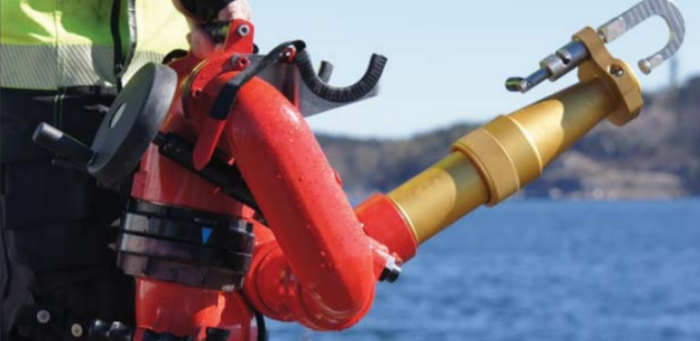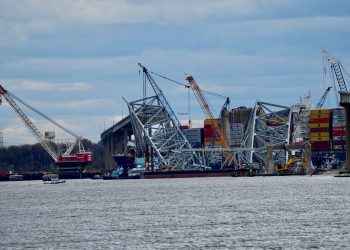The US Coast Guard continues to evaluate salvage and marine firefighting (SMFF) capabilities listed in vessel response plans. This aims to ensure compliance regarding planning requirements for vessels navigating in US territorial waters.
The US Coast Guard has completed 64 scenario-based SMFF verifications until today and had began requiring plan holders to provide evidence that the agreements supporting SMFF services are adequate.
[smlsubform prepend=”GET THE SAFETY4SEA IN YOUR INBOX!” showname=false emailtxt=”” emailholder=”Enter your email address” showsubmit=true submittxt=”Submit” jsthanks=false thankyou=”Thank you for subscribing to our mailing list”]
In most Captain of the Port zones, primary SMFF providers depend on subcontracted resources to comply with the SMFF requirements. The availability, capability and intent of all resources needed to respond is important in determining compliance with federal SMFF regulations. For this reason, the plan holder should understand the relationship between the primary SMFF provider and the provider’s subcontracted resources. Thus, plan holders will be able to identify discrepancies or gaps and make the necessary corrections to comply with SMFF planning requirements.
In order to help operators understand SMFF requirements, the US Coast Guard Office of Marine Environmental Response Policy offers the following information:
Tank and non-tank vessel owner/operator’s duties
SMFF regulations require the VO/O to select resource providers that support the planning requirements for salvage and marine firefighting services. If the VO/O does not have response resources, they must arrange through contract(s) or other legally binding means to meet the criteria of the regulation. This contract or agreement must include, but is not limited to:
- Written consent from the resource provider for the plan holder to list them in their VRP;
- Agreement from service providers or resource providers to provide the services listed; and
- The service provider’s or resource provider’s acknowledgement that their resources are capable of arriving within the response times required by Coast Guard regulations.
When the primary service provider hired by the VO/O does not haven the resources, they must sub-contract entities that can guarantee their availability and will commit to respond. The VO/O is still responsible for making sure that all contracts and agreements between the primary service provider they choose and the sub-contracted entities owning resources meet the planning requirements for their VRPs.
What is more, the contract between the primary SMFF provider and the resource owner must, at least, include language that addresses:
- The resources owner’s intent to respond;
- Whether they are capable of meeting the time requirements and providing the service;
- If a non-dedicated resource, clarification as to which situations may render the resource unavailable, such as weather, repairs or other extraordinary circumstances.
Statements like “if available” do not imply commitment and do not support the intent of the regulations. In such case, more clarification is needed to determine compliance with planning requirements. Finally, VO/Os should consider the burden of compliance rests with them and not the contracted or sub-contracted service provider.
Use of response resources listed in the VRP
According to USCG, vessel owners/operators should only list resource providers in their VRPs that have been arranged by contract or other approved means. This includes resources incorporated by reference, like the primary SMFF providers pre-evaluated/approved for each GSA, and the subcontracts that support them.
Activation of VRPs is still problematic during oil spills and vessel casualties as sometimes it is not clear if the VRP gets activated or not. As a reminder, VRP activation and mobilization of resources is a discussion that must occur when reporting an incident/casualty to the USCG.
Activation is needed whenever an incident on the vessel is beyond the ability of the Master and crew to manage with resources available on board the vessel. Moreover, activation does not always mean resources are mobilized; however, it does mean that assessment of the situation and discussion of response actions are taking place.
If resources are mobilized, they must be the resources pre-identified in the VRP. Only under exceptional occasions will the US Coast Guard Federal On Scene Coordinator allow the plan holder to deviate from resources identified in the plan. In this case, it indicates that the plan holder should re-evaluate the response strategies within their VRP and update it as needed.




























































